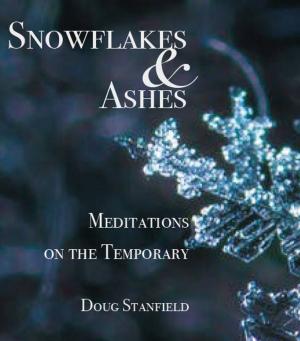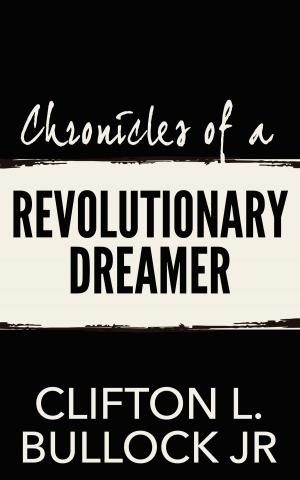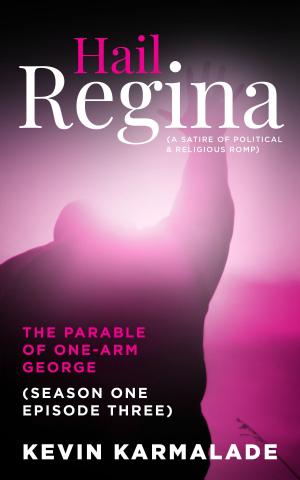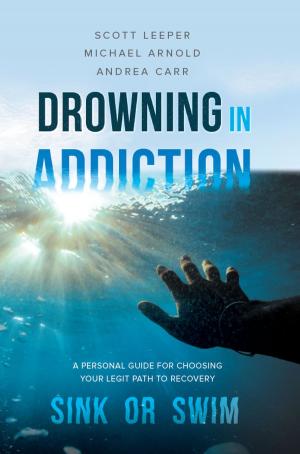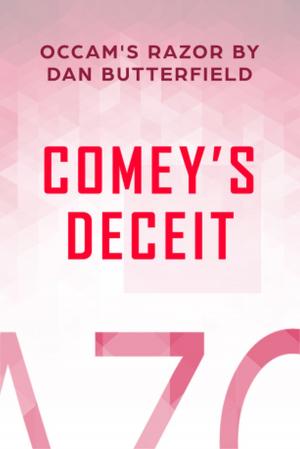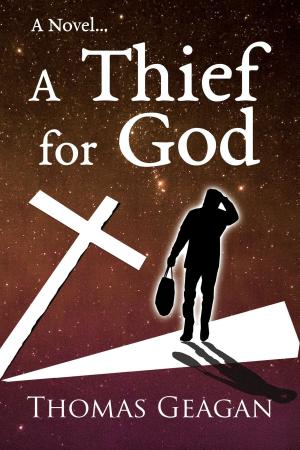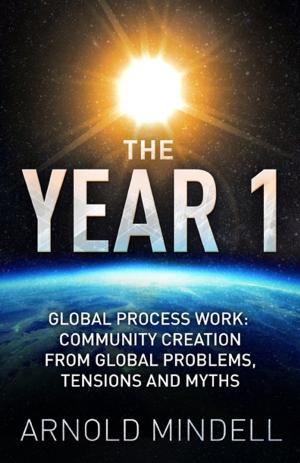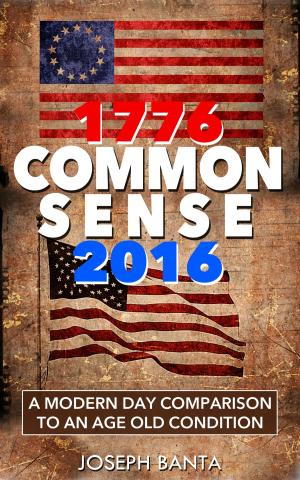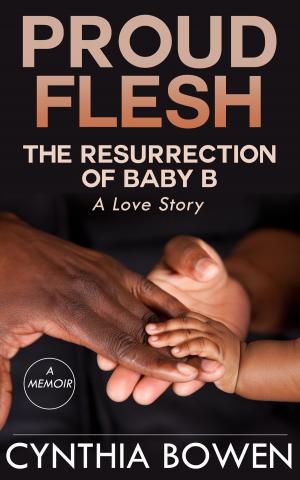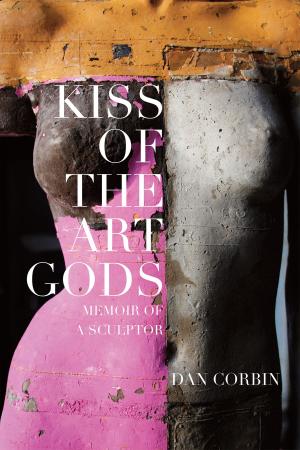| Author: | Kevin Karmalade | ISBN: | 9781642376319 |
| Publisher: | Gatekeeper Press | Publication: | April 17, 2019 |
| Imprint: | Gatekeeper Press | Language: | English |
| Author: | Kevin Karmalade |
| ISBN: | 9781642376319 |
| Publisher: | Gatekeeper Press |
| Publication: | April 17, 2019 |
| Imprint: | Gatekeeper Press |
| Language: | English |
Hail Regina is a serialized social satire of, ‘political and religious romp’, set in the near future (2025-30). It is family-friendly and has a vintage quality to its writing style. Episode One has a fore-note, ’After the Crash…’ and a comical ‘prelude’ scene from a gala-ball, as readers transition between 2025 and 2027 scenes this opening is set in. We learn of the aftermath of the great economic crash. Its devastation pervades throughout the congregation of states. Those citizens who caused the crash, are rumoured to have been 'chastised' underground in the flagellation chambers of St. Dandy’s Cathedral. They have disappeared, whilst being interned in the Thallium Meatport. No inferior or superior citizen has been spared from the crash. In the wake of recovery, the Secular Party has devised an inspiration for the state. The party will reclaim the dilapidated docklands, spread along the waterfront of the Capital. Whilst the atomic test program remains on track, the party will bring hope to the citizens, as they are called upon to make their state—'great again'.
Atop of Constitution Hill, the statue of the Holy Mother Regina—gushes out the sacred waters of its fountain. Angelic beings are sighted gravitating around Her, whilst inexplicable horn-like sounds are heard—up in the skies and beyond the mountains.
The ‘Wheel of Life’ on Hierophant Square, makes its a natural forward motion. It signals to the citizens that life in the Capital and the Ganglands is moving onto its next cycle, as it always has done.
With a radical decline in pregnancy and births, the children of poor inferior-citizens are harvested. They are ferried up river under the sweeping arch of the Golden Dawn bridge—to commence a new life in the State Distribution Bureau. Members of the Secular Party will adopt many of them. But they will not remember their birth parents. Trained Labradors, befriend them with doses of unconditional love—whilst they wait to be received by their new parents. The future generation of members of the Secular Party has thus been secured.
Episode One
The episode-chapter opens to the sounds of smog sirens and Radio Good Shepherd 91.8FM playing in the background. Dirk van Ritter is seated on the floor of his tenement, rummaging through the plans for the new Royal Docklands Centre precinct, to be built on the waterfront. We follow Dirk’s quest for elevation in the civil service, which is controlled by the ruling oligarchs of the Secular Party. Dirk’s informal promotion from a ‘low-inferior’ serving as a souvenir and information assistant, on the counter of the Tourism Office, will run parallel to the construction of the Docklands Centre, which unveils during Season's 2 and 3. He dreams of one day being the Predendary of the new Centre, if it can survive the politics surrounding the construction of the docklands precincts.
Major stylistic influences upon this work go back to dystopian classics like, The 'Iron Heel' by Jack London (1907), 'We' by Yevgeny Zamyatin (1920), ‘Brave New World’ by Aldous Huxley (1932) and Ray Bradbury’s, ‘Fahrenheit 451’ (1953). The futurist setting of the series - was party influenced by the London Docklands re-development. Commenced in 1981, it created a vast urban renewal program along the London waterfront. The city of London and docklands provided the initial components of imagery - to sketch the location, the politics and theatrical characters, which gradually formed within in the futurist dystopia -that the story ultimately inhabited.
The Hail Regina novella series, may be read at a simple, literal level. A story about a low inferior who quests for a better life; the delusions and hurdles to be overcome along the way. On a secondary, more abstract level, it touches upon some of the flaws and foibles of the members of high-society who run the politics of state and church.
About the Author
This is Kevin Karmalade's debut novella series. The 'Hail Regina' series will consist of 6 novella's (with 6-8 episodes per season). Karmalade sees Hail Regina as predominantly a vintage-style, theatrical satire. The work does not set out to mirror societal dysfunction or hypocrisy in the strong way - as some of the classic dystopian novels did in the past. Rather, Hail Regina should be understood primarily as a modern entertainment fiction set within the genre. It is written to entertain above all else.
Karmalade may be regarded as a mischievous, playful storyteller. A ‘jester’ of sorts, who reels us in with a simple story - then sometimes holds a mirror to our face. The writer is aware that on some level, the work naturally touches upon the obvious flaws of humanity. The theme of human liberation and freedom in literature is familiar to most. This serialized tale then, does not try to break new thematic ground. It does however present readers of all ages (from 14+) this classic theme, in an opaque, but contemporary and engaging way.
Hail Regina is a serialized social satire of, ‘political and religious romp’, set in the near future (2025-30). It is family-friendly and has a vintage quality to its writing style. Episode One has a fore-note, ’After the Crash…’ and a comical ‘prelude’ scene from a gala-ball, as readers transition between 2025 and 2027 scenes this opening is set in. We learn of the aftermath of the great economic crash. Its devastation pervades throughout the congregation of states. Those citizens who caused the crash, are rumoured to have been 'chastised' underground in the flagellation chambers of St. Dandy’s Cathedral. They have disappeared, whilst being interned in the Thallium Meatport. No inferior or superior citizen has been spared from the crash. In the wake of recovery, the Secular Party has devised an inspiration for the state. The party will reclaim the dilapidated docklands, spread along the waterfront of the Capital. Whilst the atomic test program remains on track, the party will bring hope to the citizens, as they are called upon to make their state—'great again'.
Atop of Constitution Hill, the statue of the Holy Mother Regina—gushes out the sacred waters of its fountain. Angelic beings are sighted gravitating around Her, whilst inexplicable horn-like sounds are heard—up in the skies and beyond the mountains.
The ‘Wheel of Life’ on Hierophant Square, makes its a natural forward motion. It signals to the citizens that life in the Capital and the Ganglands is moving onto its next cycle, as it always has done.
With a radical decline in pregnancy and births, the children of poor inferior-citizens are harvested. They are ferried up river under the sweeping arch of the Golden Dawn bridge—to commence a new life in the State Distribution Bureau. Members of the Secular Party will adopt many of them. But they will not remember their birth parents. Trained Labradors, befriend them with doses of unconditional love—whilst they wait to be received by their new parents. The future generation of members of the Secular Party has thus been secured.
Episode One
The episode-chapter opens to the sounds of smog sirens and Radio Good Shepherd 91.8FM playing in the background. Dirk van Ritter is seated on the floor of his tenement, rummaging through the plans for the new Royal Docklands Centre precinct, to be built on the waterfront. We follow Dirk’s quest for elevation in the civil service, which is controlled by the ruling oligarchs of the Secular Party. Dirk’s informal promotion from a ‘low-inferior’ serving as a souvenir and information assistant, on the counter of the Tourism Office, will run parallel to the construction of the Docklands Centre, which unveils during Season's 2 and 3. He dreams of one day being the Predendary of the new Centre, if it can survive the politics surrounding the construction of the docklands precincts.
Major stylistic influences upon this work go back to dystopian classics like, The 'Iron Heel' by Jack London (1907), 'We' by Yevgeny Zamyatin (1920), ‘Brave New World’ by Aldous Huxley (1932) and Ray Bradbury’s, ‘Fahrenheit 451’ (1953). The futurist setting of the series - was party influenced by the London Docklands re-development. Commenced in 1981, it created a vast urban renewal program along the London waterfront. The city of London and docklands provided the initial components of imagery - to sketch the location, the politics and theatrical characters, which gradually formed within in the futurist dystopia -that the story ultimately inhabited.
The Hail Regina novella series, may be read at a simple, literal level. A story about a low inferior who quests for a better life; the delusions and hurdles to be overcome along the way. On a secondary, more abstract level, it touches upon some of the flaws and foibles of the members of high-society who run the politics of state and church.
About the Author
This is Kevin Karmalade's debut novella series. The 'Hail Regina' series will consist of 6 novella's (with 6-8 episodes per season). Karmalade sees Hail Regina as predominantly a vintage-style, theatrical satire. The work does not set out to mirror societal dysfunction or hypocrisy in the strong way - as some of the classic dystopian novels did in the past. Rather, Hail Regina should be understood primarily as a modern entertainment fiction set within the genre. It is written to entertain above all else.
Karmalade may be regarded as a mischievous, playful storyteller. A ‘jester’ of sorts, who reels us in with a simple story - then sometimes holds a mirror to our face. The writer is aware that on some level, the work naturally touches upon the obvious flaws of humanity. The theme of human liberation and freedom in literature is familiar to most. This serialized tale then, does not try to break new thematic ground. It does however present readers of all ages (from 14+) this classic theme, in an opaque, but contemporary and engaging way.

